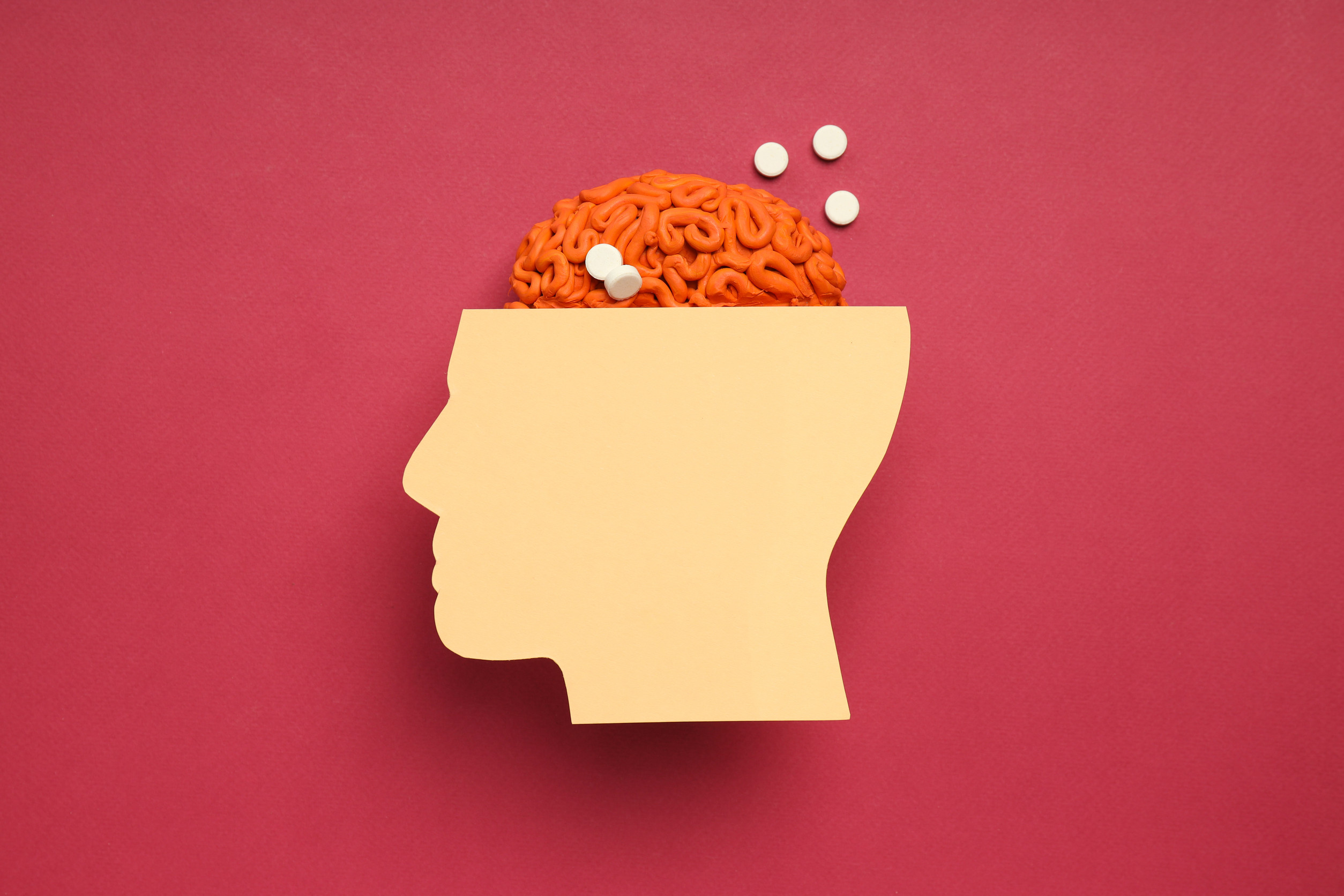
Psychiatric treatment has come a long way in the last few decades. While medication and traditional therapy continue to play essential roles in managing mental health conditions, new modalities such as Transcranial Magnetic Stimulation (TMS) and Accelerated Resolution Therapy (ART) are transforming how providers like Brainerd Lakes Area Psychiatry (BLAP) approach patient care.
As part of a broader shift toward non-invasive, evidence-based solutions, these therapies offer hope to patients who haven’t found relief through conventional means. Especially in smaller towns or rural regions—where mental health resources can be limited—such innovation represents a critical expansion in available care.
TMS is a non-invasive procedure that uses magnetic fields to stimulate nerve cells in the brain. It is FDA-approved for treating major depressive disorder (MDD), especially in patients who haven’t responded to at least one antidepressant. Unlike medication, which affects the brain chemically, TMS works by targeting the brain electrically and neurologically.
During a TMS session, a magnetic coil is placed against the patient’s scalp. It emits focused magnetic pulses to areas of the brain known to regulate mood. Most commonly, the left dorsolateral prefrontal cortex is the target. These pulses stimulate underactive neurons, which can help improve mood regulation and reduce depressive symptoms.
Sessions typically last about 20 minutes and occur five times per week over 4–6 weeks, depending on individual response and provider protocols.
The accessibility of drug-free treatment options like TMS is particularly important in regions like central Minnesota. Many individuals experience side effects from antidepressants or have tried multiple medications without results. TMS offers an alternative with minimal side effects, no need for anesthesia, and little to no recovery time.
Accelerated Resolution Therapy is an evidence-based psychotherapy approach that is particularly effective for trauma and stress-related conditions. It integrates elements of traditional talk therapy with eye movement techniques similar to EMDR (Eye Movement Desensitization and Reprocessing), but with a distinct focus on voluntary memory replacement.
Unlike many long-term therapies, ART is often short-term, requiring fewer sessions. Patients are guided to recall traumatic or distressing memories while simultaneously following specific eye movements guided by the therapist. The goal is to change the way distressing memories are stored in the brain—without erasing the memory itself—so they no longer trigger intense emotional responses.
ART is used to treat a variety of conditions, including:
The combination of mental visualization techniques, rapid results, and non-reliance on pharmaceuticals makes ART a versatile and appealing therapy. For individuals who may not be ready or willing to commit to longer-term counseling or medication, ART offers a streamlined path to relief.
Both TMS and ART are designed for patients who have not seen success with traditional interventions, though they may also benefit first-time therapy seekers looking for innovative, targeted care.
Ideal candidates might include:
Brainerd Lakes Area Psychiatry prioritizes patient education and safety. The practice ensures that individuals are well-informed before undergoing either TMS or ART. Every treatment plan is personalized based on a patient’s medical history, severity of symptoms, lifestyle, and preferences.
BLAP also emphasizes the importance of therapeutic alliance—the trust built between provider and patient. Whether you’re undergoing a series of TMS treatments or exploring your trauma with ART, the clinical setting is designed to feel welcoming, secure, and empathetic.
TMS is FDA-approved and covered by many insurance plans for patients diagnosed with major depression who have failed to respond to traditional treatment. ART, while newer, is increasingly accepted and supported by behavioral health plans. As always, patients should confirm coverage details with both the clinic and their insurance provider.
BLAP assists with insurance verification and offers resources to help make treatment more accessible. In rural communities, this level of support can be the difference between someone receiving life-changing care or going without.
Mental health is deeply personal, and the path to healing is rarely linear. That’s why having multiple tools in a clinician’s toolbox is so valuable. TMS and ART are not replacements for therapy or medication; instead, they are complementary solutions that may be more appropriate for some patients than others.
For mental health providers in rural areas, such as those in Baxter and the Brainerd Lakes region, these therapies offer new hope to individuals who might otherwise feel stuck or overlooked by the traditional system. Resources NCCIH
At Brainerd Lakes Psychiatry, we embrace the benefits of technology while recognizing the value of human connection. Whether you’re exploring teletherapy or looking for tools to complement your mental health care, we’re here to help. Contact us today to learn more about your options.